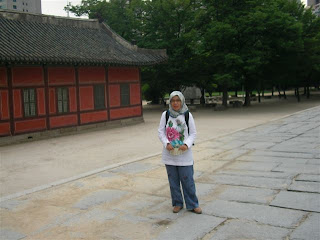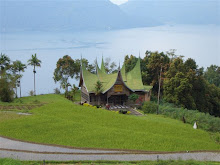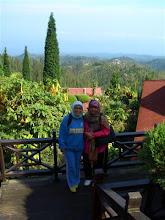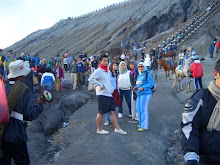Ryukoku University, Kyoto has its origin as the Gakyuryo, a private school established in 1639 (Kan'ei 16) as a priest-training institute of Nishi-Hongwanji.Since then, the university has been developing to meet the social demands of the times under the ideals of which the school was established. At present, we are unceasingly carrying out educational reforms as a comprehensive university which has seven faculties such as Literature, Economics, Business Administration, Law, Science and Technology, Sociology, and Intercultural Communication, and also a Junior College.
.jpg)
.jpg)
.jpg)
.jpg)
.jpg)
.jpg)
.jpg)
.jpg)
.jpg)
.jpg)
.jpg)
.jpg)
.jpg)
.jpg)
.jpg)
.jpg)
.jpg)
.jpg)
.jpg)
.jpg)
.jpg)
.jpg)
.jpg)
.jpg)
.jpg)
.jpg)
.jpg)
.jpg)
.jpg)
.jpg)
.jpg)
.jpg)
.jpg)
.jpg)
.jpg)
.jpg)
.jpg)
.jpg)
.jpg)
.jpg)
.jpg)
.jpg)
.jpg)
.jpg)
.jpg)
.jpg)
.jpg) Kara-mon main gate to Ninomaru Palace
Kara-mon main gate to Ninomaru Palace.jpg) Detail of the Kara-mon main gate
Detail of the Kara-mon main gate.jpg) Dr Mala, Yon and a friend in front of the gate
Dr Mala, Yon and a friend in front of the gate The temple in the middle of the lake
The temple in the middle of the lake
 Against the bsckdrop of the temple
Against the bsckdrop of the temple









.jpg)













.jpg)










.jpg)












.jpg)














